In smaller living spaces, the arrangement of furniture is crucial not only for aesthetics but also for functionality. Two couches offer ample seating and can be positioned to maximize space, encourage social interaction, or create distinct areas within the same room. Below, we explore several layout options that cater to various needs and room shapes.
1. Facing Each Other
When you arrange two sofas to face each other with a modestly sized coffee table nestled in between, you're crafting an environment that naturally encourages people to engage in conversation. This setup, timeless in its appeal, leverages the psychology of face-to-face interaction to foster a sense of connection among those seated. Beyond its social benefits, this layout can visually expand a small room. By keeping the central area open and unobstructed, the eye perceives more space, making the room feel broader than it actually is. However, the key to success lies in maintaining adequate space around the couches. There should be enough room for people to move around freely without navigating a maze of furniture. This careful spacing not only enhances the room's accessibility but also contributes to an overall sense of openness, making the space more welcoming and less confined.

How Delaney 3-Piece Modular Sofa look like facing each other?
📸by our customer
2. L-Shape Arrangement
The L-shape setup is a clever solution for small living spaces, striking a perfect balance between functionality and aesthetic appeal. By placing one couch against the wall and arranging the other to sit perpendicular to it, you create an L-shaped configuration that is as practical as it is inviting. This layout excels at making the most of limited square footage, offering a cozy corner for gatherings while still leaving ample room for individuals to enjoy some alone time. The beauty of the L-shape arrangement lies in its ability to segment the room subtly. Without resorting to bulky dividers or screens, this setup delineates distinct areas for socializing and relaxation, making it an ideal choice for compact living quarters. The spatial division achieved is clear yet fluid, allowing for an organic flow between different sections of the room.

The beauty of L-shape Kenna Sofa🤭
📸 by @kristin.anny
3. Back-to-Back Placement
In multi-purpose living areas, where the room must serve various functions, placing sofas back-to-back can be a strategic move. This layout effectively segments the space into separate zones-imagine a lounge area on one side and a dining space on the other-without the need for additional pieces of furniture that could clutter the room. Such an arrangement not only maximizes the usability of the space but also introduces an element of visual and functional separation. However, the success of a back-to-back sofa placement hinges on careful planning. The objective is to avoid creating a cramped or crowded atmosphere. By thoughtfully positioning each sofa, you can ensure that each area feels distinct and purposeful while maintaining the cohesive feel of the overall space. This approach to furniture arrangement underscores the importance of deliberate design choices in enhancing the utility and aesthetic of small living environments.
4. Diagonal Arrangement
Positioning a couch diagonally across a corner is more than just a stylistic choice-it's a strategic move to infuse the living space with energy and movement. This arrangement is particularly effective in rooms with an unconventional layout, where straight, parallel lines can emphasize awkward proportions. By setting the sofa at an angle, you draw the eye along a more interesting path, creating the illusion of a larger and more inviting space. This technique also introduces a dynamic flow, making the room feel less static and more vibrant.
The second sofa can either echo this diagonal placement, enhancing the room's sense of harmony and balance, or it can be positioned in a more traditional manner, such as against a straight wall. This flexibility in design allows you to experiment with different layouts until you find the one that best suits the room's dimensions and your personal aesthetic. The diagonal arrangement is not just about aesthetics; it's a functional choice that maximizes usable space and enhances the overall feel of the room.
5. Modular Sofas
Incorporating modular sofas into a small living room enhances flexibility and efficiency, making them an excellent addition to the layout options presented. Modular sofas are composed of individual sections that can be rearranged, combined, or separated, offering the ability to tailor the living space to specific needs or events. This versatility is particularly beneficial in small living areas, where maximizing space and functionality is paramount. By adjusting the configuration, homeowners can effortlessly switch between a cozy setup for intimate gatherings and a more spacious arrangement for larger groups, all without compromising on style or comfort.
 Happy family gathering on the Kenna Modular Sofa
Happy family gathering on the Kenna Modular Sofa
Moreover, modular sofas can significantly contribute to the perceived spaciousness and aesthetic appeal of a small living room. Their ability to adapt to the room's dimensions and layout allows for a customized fit that optimizes both form and function. Whether creating an inviting corner for relaxation or a central hub for socializing, modular sofas provide a practical solution that meets diverse needs while enhancing the overall design of the space. This adaptability not only makes the living area more functional but also invites creativity in layout design, ensuring that the room remains both stylish and versatile.
6. Use of Rugs
Introducing a large area rug that spans the area beneath both sofas is a powerful design tactic to unify the living space. This element of decor does more than just tie the room together visually; it creates an enveloping sense of warmth and inclusion. A well-chosen rug acts as a visual anchor, delineating the seating area and making it feel more cohesive. This is particularly valuable in a small living space, where distinct, well-defined areas can help the room feel organized and spacious.

Delaney gray 2-Piece Modular Sofa on pretty flower rugs
📸by our customer
Furthermore, a rug adds a layer of texture and color that can invigorate the room's design. By choosing a rug that complements the sofas and the overall color scheme, you can create a seamless flow that enhances the sense of spaciousness. This strategy not only beautifies the space but also makes it feel larger and more welcoming, inviting people to step in and relax.
7. Optimize Clearance
The concept of "clearance" is critical in the design of small living spaces. Ensuring there is at least 30 inches of walkway space around the furniture is essential for creating a room that is easy to move through. This practical consideration greatly impacts the room's functionality and the comfort of its inhabitants. Crowded or cramped spaces can feel claustrophobic and unwelcoming, so maintaining clear pathways is a priority.
Resisting the urge to push furniture, especially couches, directly against the walls is another strategy to make the room feel more expansive. Allowing even a small buffer of space between the sofa and the wall can give the illusion of a more open, airy room. This subtle shift in placement can dramatically affect how the space feels and functions, proving that sometimes, the smallest changes make the biggest difference. By optimizing furniture placement for both aesthetics and ease of movement, you create a living space that feels balanced, spacious, and thoughtfully designed.
8. Vertical Space
In small living spaces where the floor area is limited, leveraging vertical space becomes a game-changer. By directing attention upward, you not only create the illusion of a taller room but also utilize an often-overlooked dimension. Incorporating tall bookshelves that reach towards the ceiling, for example, can serve both as storage and as visual statements that elongate the room. These vertical lines guide the eye upward, making the ceilings seem higher than they are.
Similarly, wall art arranged in a vertical sequence or tall, striking pieces can amplify this effect. Such decorations add personality and depth to the space without occupying precious floor real estate. Additionally, curtains that start from the ceiling and sweep down to the floor are more than just window treatments; they're an optical illusion that heightens the room. This approach not only maximizes the perceived vertical space but also adds a touch of elegance and completeness to the living area.
9. Lighting
Lighting plays a pivotal role in transforming the ambiance of a room, especially in compact living spaces. The strategic placement of various light sources can dramatically alter the perception of space. Floor lamps that cast light upward can soften the overall atmosphere while drawing the eye along vertical lines, enhancing the feeling of height. Table lamps, on the other hand, provide localized illumination that can make a seating area feel intimate and cozy.

Vintage posters and unique lighting will take Kenna Modular Sofa to the next level
📸Photo by @jaypoor_decor
Wall sconces are particularly effective in small rooms, as they can light up walls without taking up floor or table space. By illuminating the walls, sconces can make the perimeter of the room feel more expansive, pushing the boundaries outwards. This layering of light from multiple sources creates depth and dimension, which is crucial for making a small space feel larger and more inviting.
Final Word
Arranging two sofas in a small living room requires creativity and strategic thinking. By considering various layout options, optimizing space, and utilizing design elements like rugs and lighting, it's possible to create a functional, inviting, and stylish space.

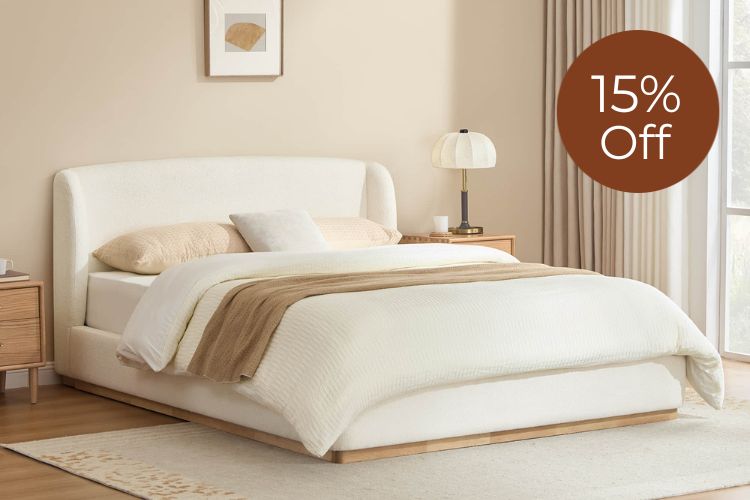





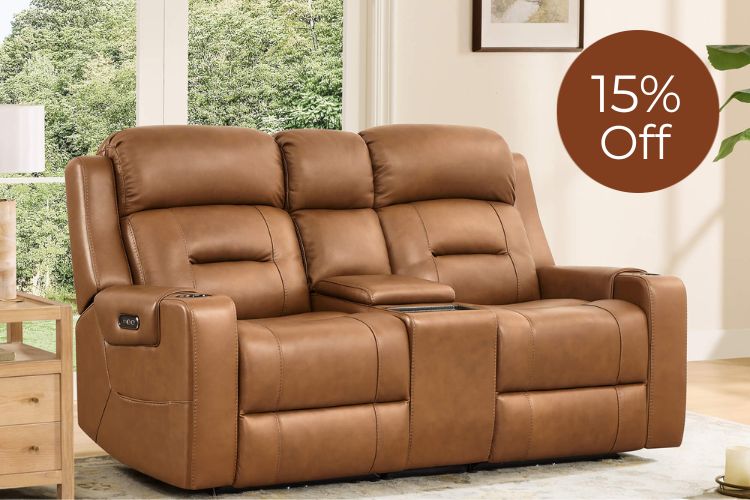


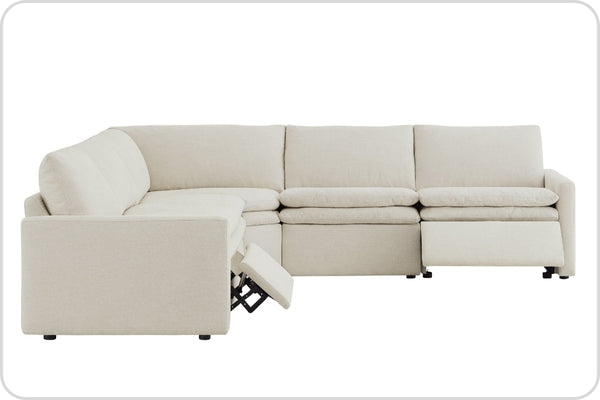




































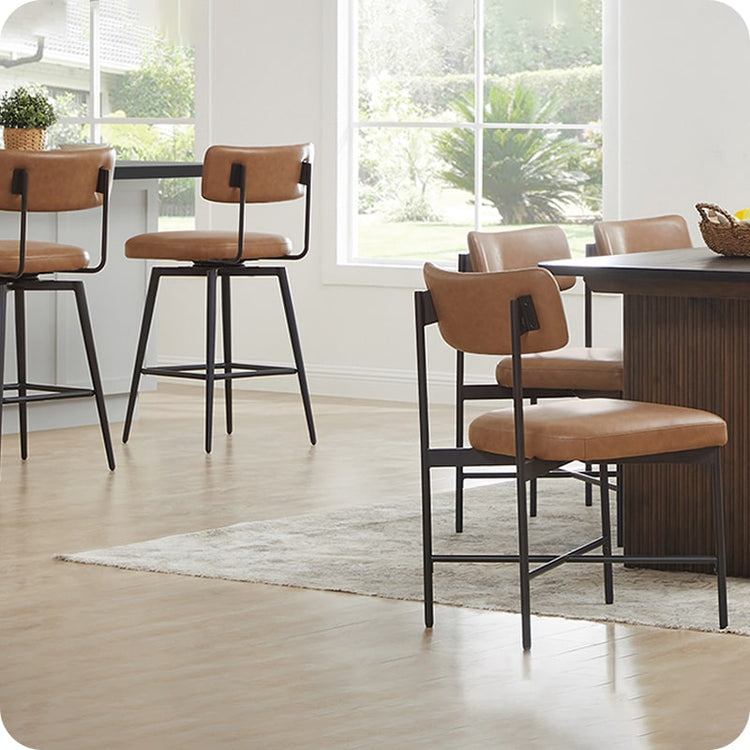

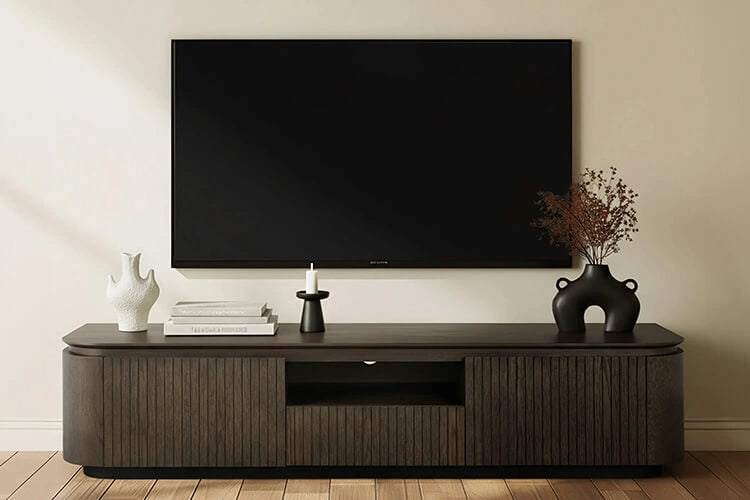



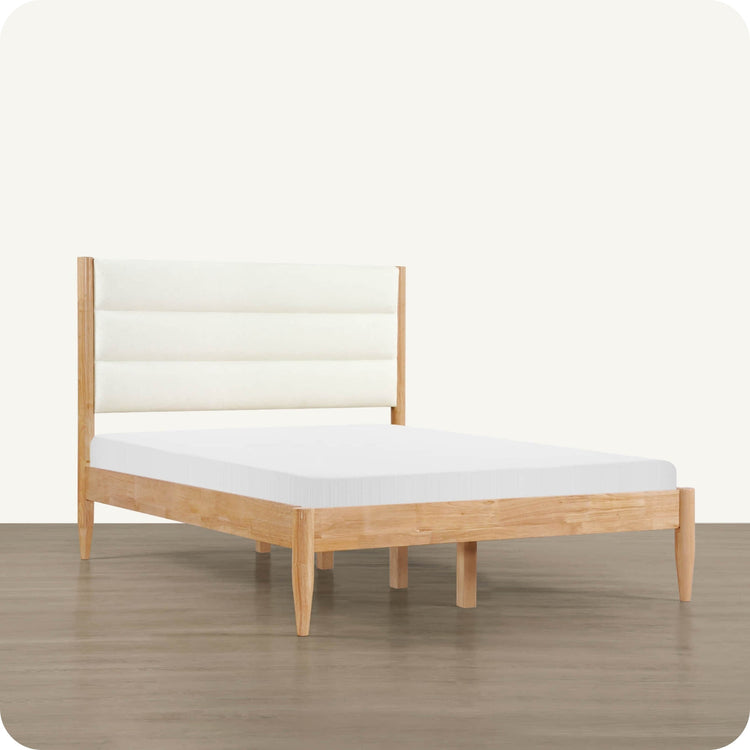

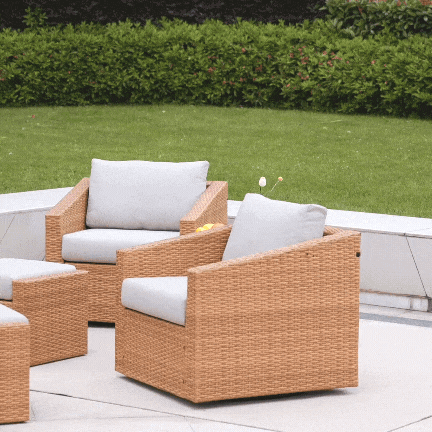






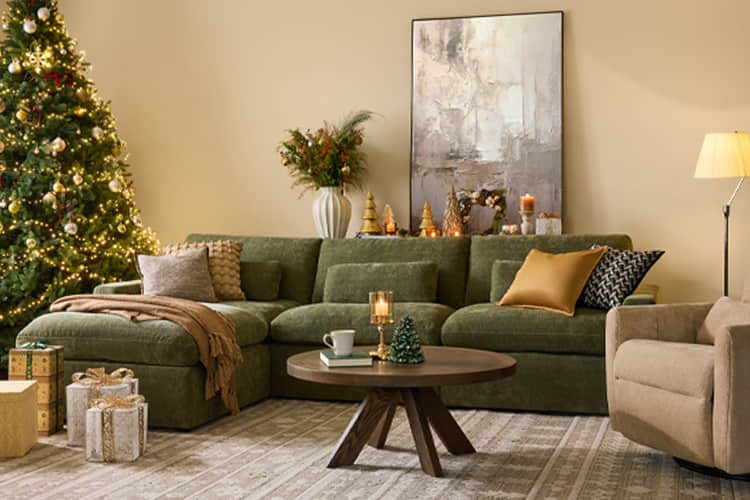





1 comment
Hho love the designs